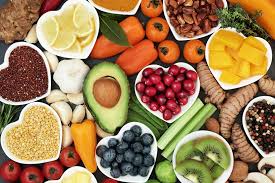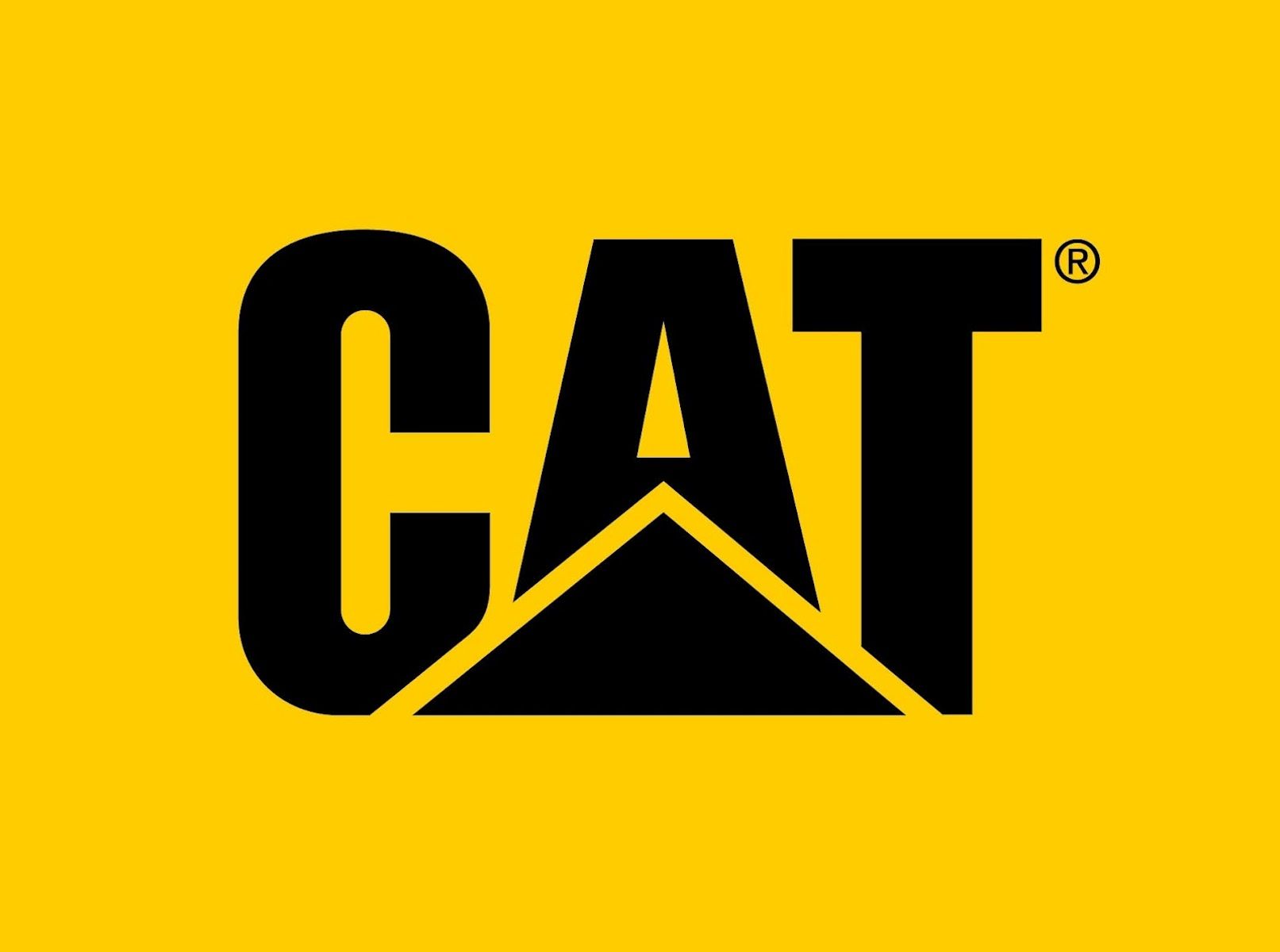Lifestyle
Different types of foods are associated with different types of stroke

A large European study reports intriguing associations between diet and heart health.
Stroke is the second leading cause of death worldwide. A stroke occurs when the blood supply to the brain is interrupted or reduced, preventing brain tissues from oxygenating properly.
There are two main causes of stroke: ischemic strokes (caused by a blocked artery) and hemorrhagic strokes, caused by leaking or bursting of a blood vessel.
About 85% of strokes are ischaemic and 15% are hemorrhagic, and both are associated with lifestyle choices (high blood pressure, smoking, and unhealthy dieting).
Most studies look at total stroke risk, and don’t analyze the separate effects of hemorrhagic and ischemic strokes (or just focus on the latter, which is more common). In a new study, however, the dietary habits of more than 418,000 people in nine European countries were correlated to the separate types of stroke risk.
Fruits, vegetables, and fibers
Unsurprisingly, people with higher consumption of fruit, vegetables, fiber were less likely to suffer from strokes — but only when it comes to ischaemic strokes; there was no significant association with a lower risk of hemorrhagic stroke.
Dr. Tammy Tong, the first author of the paper and a nutritional epidemiologist at the Nuffield Department of Population Health, University of Oxford (UK), said:
“The most important finding is that higher consumption of both dietary fiber and fruit and vegetables was strongly associated with lower risks of ischaemic stroke, which supports current European guidelines. The general public should be recommended to increase their fiber and fruit and vegetable consumption if they are not already meeting these guidelines.
According to the study, every 10 grams of fiber a day was associated with a 23% lower risk of ischemic stroke — equivalent to 2 fewer cases per 1,000 people over 10 years. For fruits and vegetables, there was a 13% lower risk for every 200g.
So you can get an idea how much that means, three slices of wholemeal toast provide around 10 grams of fibers, a portion of broccoli provides around 3 grams, and an apple has under 2 grams. According to the European Society of Cardiology (ESC) and the World Health Organization, you should consume at least 400g of fruit and vegetables a day, and 30-40 grams of fiber.
Eggs and cheese
Surprisingly, cheese and yogurt were also linked to a lower risk of ischaemic stroke and had no significant association with hemorrhagic stroke. While unsweetened yogurt is generally considered to be healthy, the connection between cheese and heart health is still controversial.
Speaking of controversial, the study also looked at the correlation between eggs and stroke risk. Eggs have long been a controversial topic when it comes to heart health. Traditionally, they were considered to be bad, as they raise the level of cholesterol. But recent studies have found conflicting evidence, with some even suggesting that in moderation, eggs can improve heart health. This latest study suggests that while a greater consumption of eggs is associated with a higher risk of hemorrhagic stroke, it does not affect the risk of the much more common ischemic stroke.
Strengths and limitations
Isolating the impact of diet alone remains an extremely challenging matter. This study only analyzed correlation and did not look at the causation, which would require a completely different type of study altogether.
The study also assessed people’s food consumption at only one point in time, when they joined the study — so no information can be drawn about diet changes that would cause an increase or decrease in stroke risk.
However, the study’s strengths lie in its large sample size and follow-up period. Over 400,000 men and women from nine countries (Denmark, Germany, Greece, Italy, The Netherlands, Norway, Spain, Sweden and the United Kingdom) were recruited to the European Prospective Investigation into Cancer and Nutrition (EPIC) study between 1992 and 2000, filling out questionnaires about their diet, lifestyle, and medical history. They were followed up for an average of 12.7 years, during which there were 4,281 cases of ischaemic stroke and 1,430 cases of hemorrhagic stroke.
“Our study also highlights the importance of examining stroke subtypes separately, as the dietary associations differ for ischaemic and hemorrhagic stroke, and is consistent with other evidence, which shows that other risk factors, such as cholesterol levels or obesity, also influence the two stroke subtypes differently,” concludes Tong.
Journal Reference: “The associations of major foods and fibre with risks of ischaemic and haemorrhagic stroke: a prospective study of 418,329 participants in the EPIC cohort across nine European countries”, by Tammy Tong et al. European Heart Journal. doi:10.1093/eurheartj/ehaa007.
-

 Local News2 weeks ago
Local News2 weeks agoAn organization from Weber State University protests during the yearly Sexual Assault Awareness event
-

 Local News1 week ago
Local News1 week agoUtah libraries celebrate National Library Week
-

 Local News5 days ago
Local News5 days agoThe Jewish community in the area responds to a potential Iranian invasion on Israel
-

 Local News1 week ago
Local News1 week agoWhy Utah might have rumblings for the next five months
-

 Local News2 weeks ago
Local News2 weeks agoUtah law students engage in simulations to understand counterterrorism strategies
-

 Local News2 weeks ago
Local News2 weeks agoThe most recent storm may dump at least one foot of snow in some areas of Utah’s mountains
-

 Local News1 week ago
Local News1 week agoStudent protests against an anti-trans speaker at the University of Utah
-

 Local News1 week ago
Local News1 week agoTransit will be redesigned and expanded by UTA by the potential 2034 Olympics






Leave a Reply